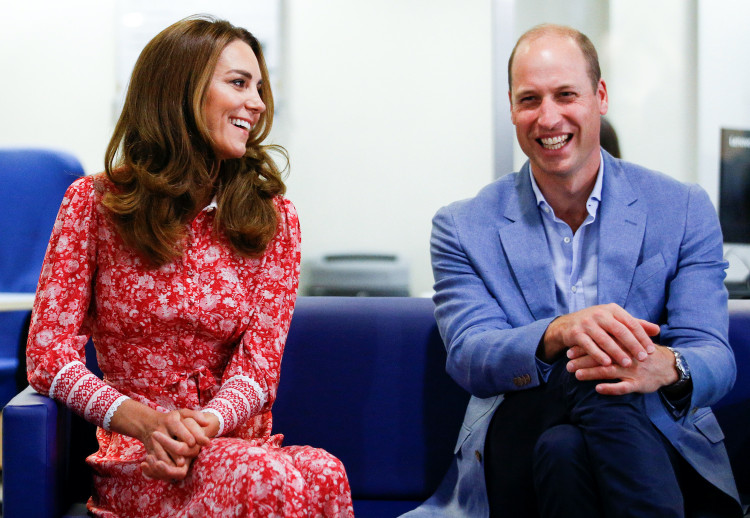Prince William and Kate Middleton officially go by the name and royal title, the Duke and Duchess of Cambridge. They received the peerage as a wedding gift from Queen Elizabeth in 2011.
Blood princes like Prince William are entitled to the highest title of dukedoms. These are given to legitimate male heirs of the monarch upon reaching the age of adulthood or upon marriage, as in the case of Prince William.
The Queen made Prince William the Duke of Cambridge when he married Catherine (Kate) Middleton, who became the Duchess of Cambridge. According to Daily Express, Prince William and Kate will hold these titles for life.
Here's a history of one of the six royal peerages in the British royal family.
The Duke of Cambridge was first created in 1660 by King Charles II for his nephew, Charles Stuart, who didn't survive six months after his birth. The title was subsequently given to Charles Stuart's brothers -- James in 1667, Edgar in 1671, and Charles in 1677.
Unfortunately, James, Edgar and Charles all died before they reached the age of three. They did not live long enough to formally carry their dukedoms so the title became "extinct."
In 1706, the monarch Queen Anne bestowed the extinct Duke of Cambridge peerage to her heir apparent and distant cousin, George Augustus. But when George took the throne as King George II in 1727, his dukedom had to be merged with the Crown.
The title was recreated for a fourth time for King George III's son Prince Adolphus in 1801. His son, Prince George of the House of Hanover, inherited the title in 1850.
Prince George had three sons with Sarah Fairbrother but they were barred from receiving titles because their parents' marriage was invalidated. So, Prince George's title and peerage became extinct again upon his death in 1904.
It took 107 years for the fifth recreation of the Duke of Cambridge with Prince William's marriage. However, Prince William apparently asked Queen Elizabeth not to make him a duke because he has always been known as Prince William and would like his wife to be called Princess Catherine.
But by royal decree, princesses in the royal family may only be titled as such by birth and not by marriage. Since Catherine is not a blood princess, then she would carry the name Princess William upon her marriage to the Queen's grandson. Thus, William opted for the dukedom.
In 1999, Prince Edward, Queen Elizabeth and Prince Philip's youngest son, was speculated to be made the Duke of Cambridge with his marriage to Sophie Rhys Jones. But he asked his mother to create a new title for him, the Earl of Wessex, while his wife would be the Countess of Wessex. Prince Edward would inherit the title of Duke of Edinburgh upon the death of his father.
Meanwhile, should Prince William become the King of England, as the second in line to the throne, then the title of Duke of Cambridge will once again merge with the Crown. However, if he dies before he ascends to the throne, either of his male heirs, Prince George or Prince Louis, will inherit the Duke of Cambridge.






